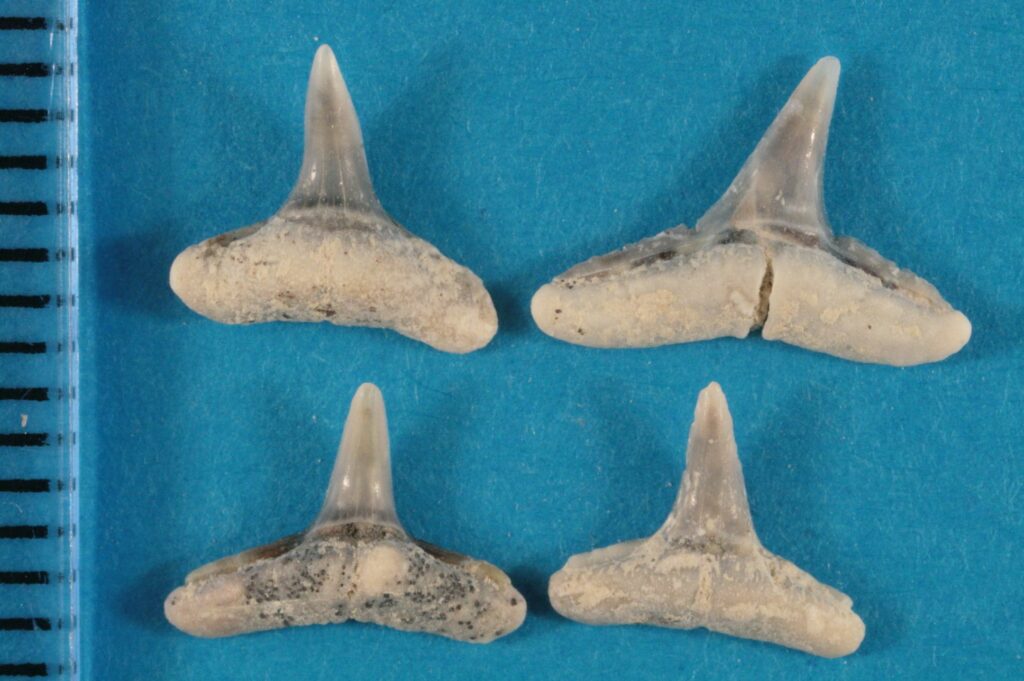The formation of Nagyhársas Andesite in the Mátra Mountains was followed by a period of volcanic rest, characterized by decay during the Badenian period between 14 and 13 million years. At that time lakes and lagoons isolated from the sea emerged, in which diatomaceous earth or diatomite were formed. This off-white porous material is a sedimentary rock accumulated from billions of skeletons of diatoms, a useful industrial raw material. It is used as a special building material due to its thermal and sound isolation properties. In addition, it is used by the military industry, e.g. the highly explosive nitroglycerin is soaked with it. The dried-up diatomaceous earth floats on the water. That is why it was called as “cork stone” in the North Hungarian Palóc vernacular.
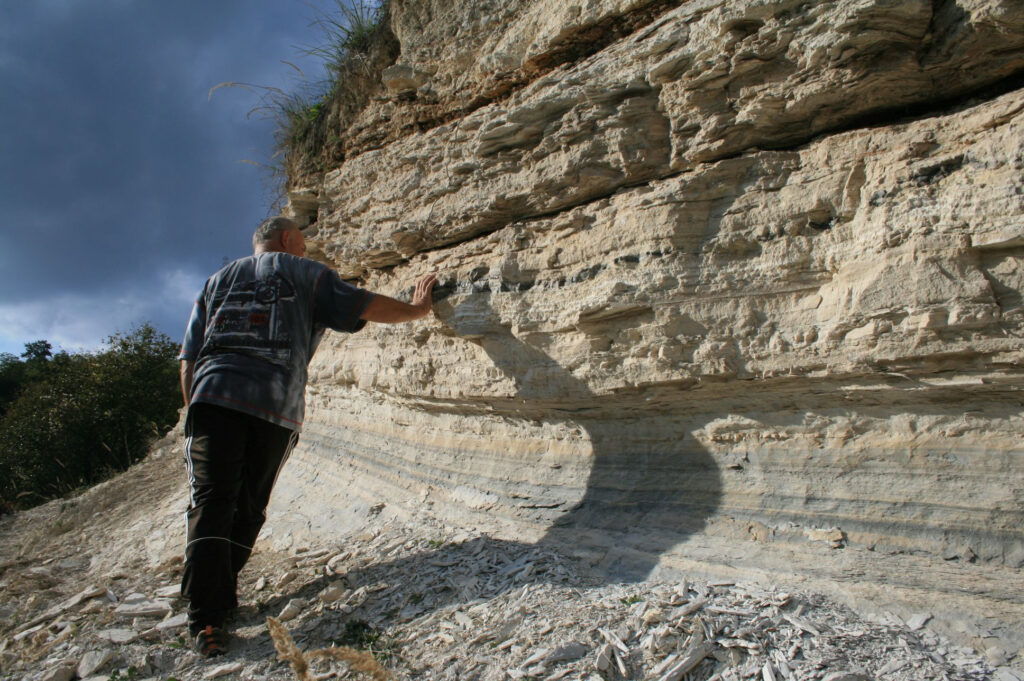
Its most beautiful exposure is the already abandoned diatomaceous earth mine of Szurdokpüspöki. A black opalit layer is still visible in the regular and finely layered diatomaceous earth. The bones found during the operation of the mine prove that large mammals, rhinos and proboscideans also lived on the shores of the former lake (eg. ancient elephant with incisor: Deinotherium). Their remains can be seen in the permanent exhibition of the Museum of Pásztó, „Message of millions of years in Nógrád.”
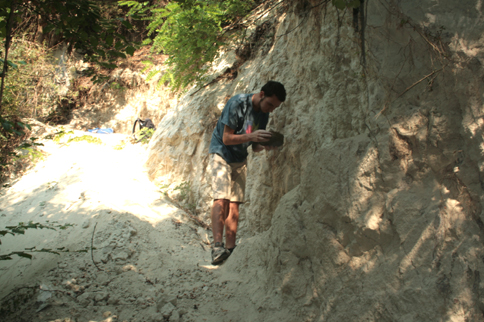
There is a well-known diatomaceous earth deposit at the foot of Hasznos Castle Hill, which also contains bone remains. The most common are turtle shell fragments. But the remains of rodents known to the scientific world from this site were also found here. These are Cricetodon hungaricus and Democricetodon hasznosensis.
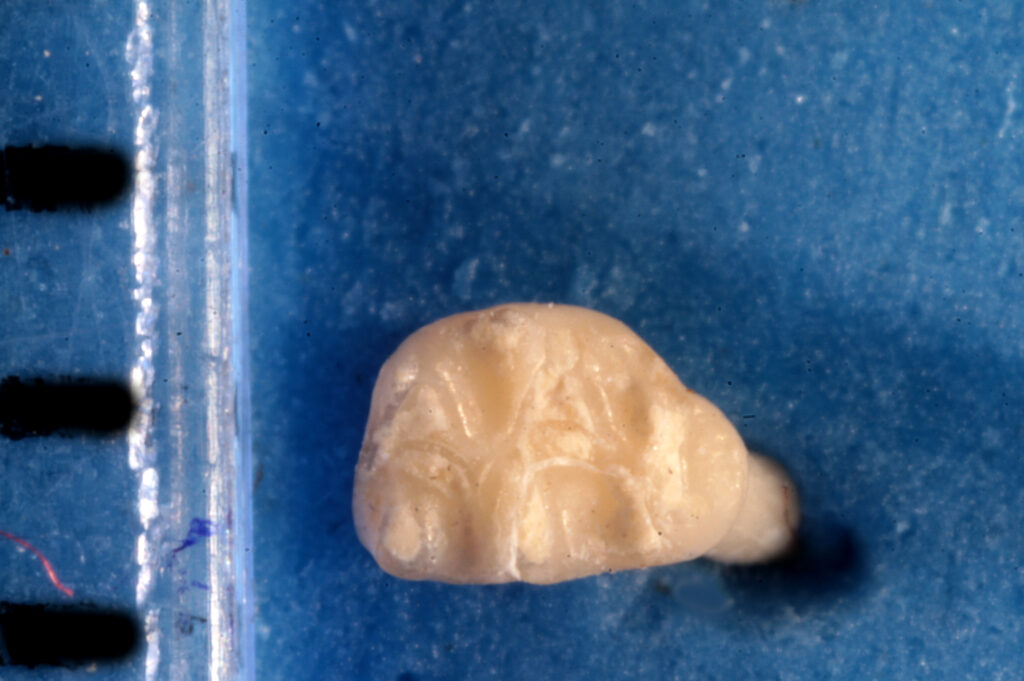
Cricetodon hungaricus was a relatively large hamster. Similar findings were found in Turkey. The representatives of Cricetodon genus appeared in Europe 15 million years ago.
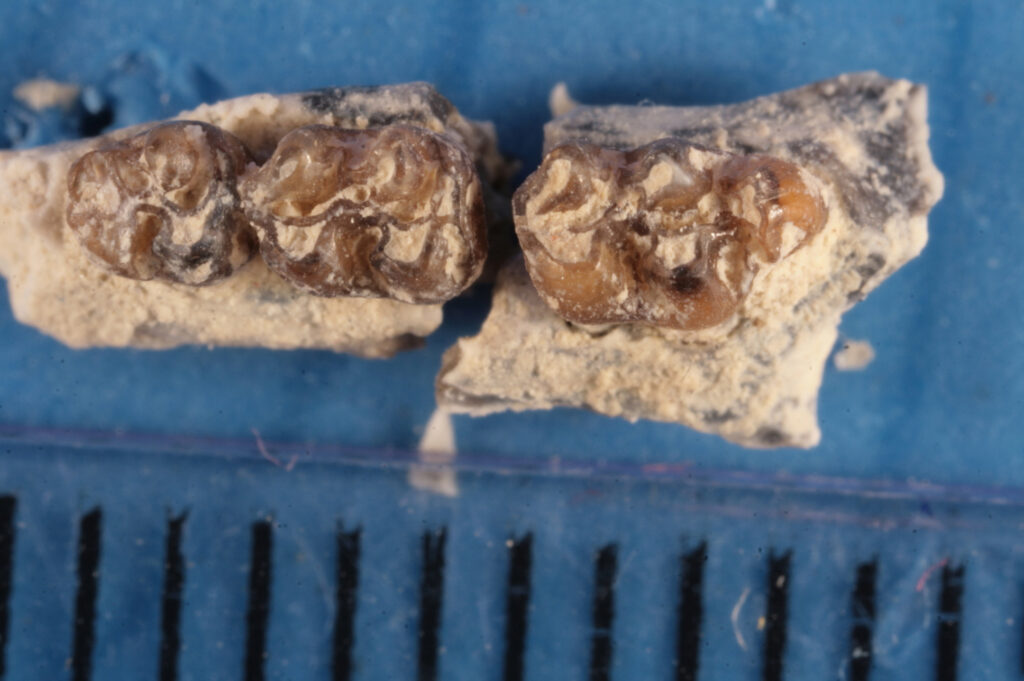
They disappeared from Central Europe about 10 million years ago, but remained in southern Europe until the end of the Pliocene.
Democricetodon hasznosensis was a rodent of a size similar to that of a golden hamster living today. In addition, it was found only in Hasznos, Sámsonháza and Szentendre. The Democricetodon genus was very species – rich. They appeared about 17 million years ago and became extinct about 9 million years ago, more precisely, because they evolved into modern hamsters that have lived from the late Miocene to the present day.
We have also known the remains of squirrels, dormouses, shrews, Erinaceids and chiroptera from Hasznos.
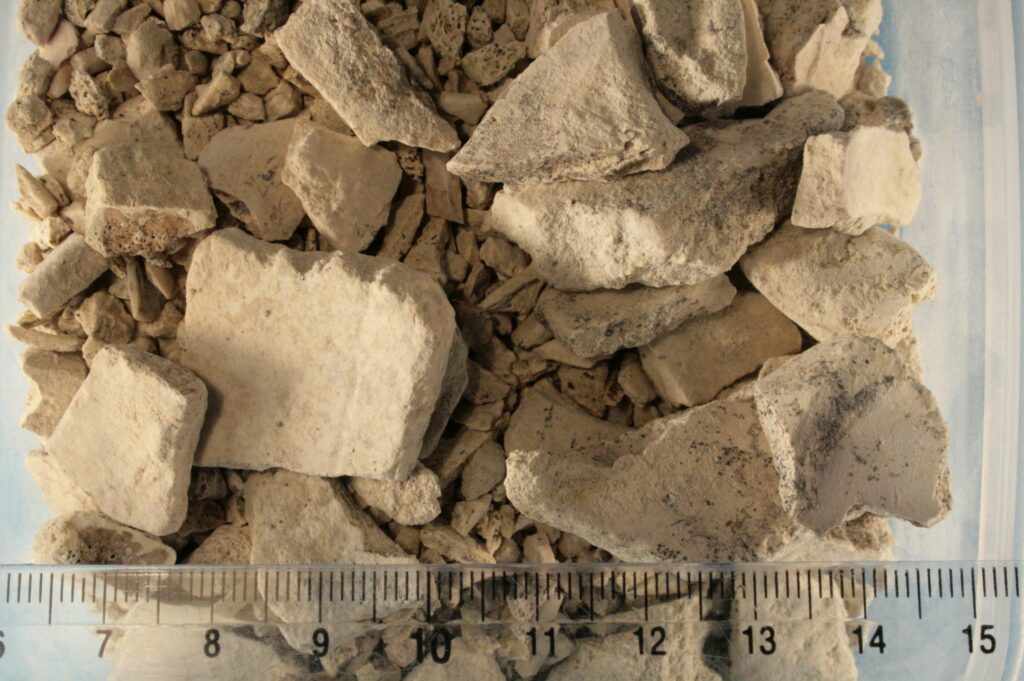
A special feature of the landfill in Hasznos is that it contains the remains of both terrestrial and marine animals (eg. sharks). It suggests, that a sudden massive mass movement swept the sediment deposited in the freshwater-swamp environment, along with the remains of the terrestrial animals, into a saltwater lagoon.
